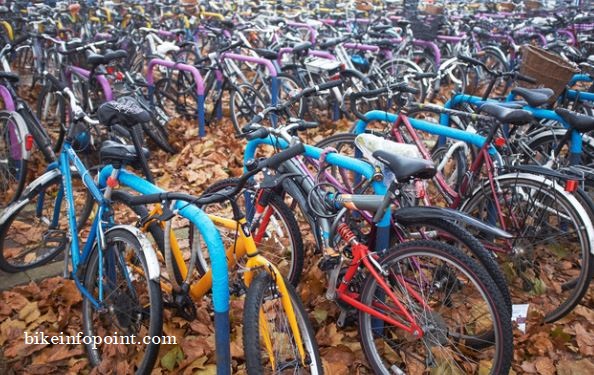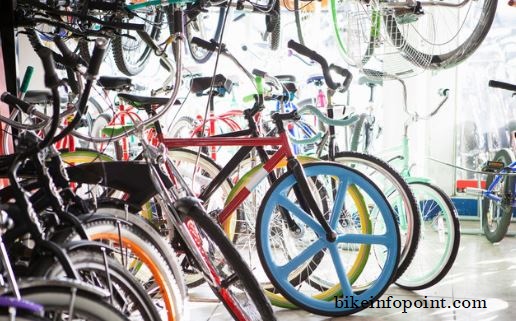
What’s the Difference between Riding a $500 or $5000 Bicycle?
A bicycle is a type of human-powered vehicle that consists of a frame, wheels, and pedals. The main purpose of a bicycle is to provide a mode of transportation that is eco-friendly, efficient, and affordable.
In the context of the question, the price range of $500-$5000 refers to the cost of purchasing a new bicycle. This is a relatively broad range, and the exact cost will depend on various factors such as the materials used, components included, brand, and any additional technologies or features.
It is important to note that a higher price tag does not necessarily equate to a better bicycle. It is often the case that more expensive bicycles are made with higher quality materials and components, and may offer better performance and more advanced features.
Table of Contents
ToggleFactors that Contribute to the Cost of a Bicycle

There are several factors that can contribute to the cost of a bicycle, including:
Materials used: The materials used to construct a bicycle can greatly affect its price. For example, a bicycle frame made of carbon fiber will generally be more expensive than one made of aluminum, due to the higher cost of carbon fiber and the more complex manufacturing process required to make it. Similarly, other components such as wheels, forks, and handlebars can be made from different materials such as steel, titanium, or composite materials, and these choices can also affect the cost.
Components: The components of a bicycle refer to the various parts that make up the bike, such as the gears, brakes, pedals, and handlebars. These components can vary in quality and price, and the overall cost of a bicycle will be influenced by the choice of components used. For example, a bike with high-end gears and brakes may be more expensive than one with cheaper components. Even if the frames and other materials are the same.
Brand and reputation: The brand of a bicycle and its reputation in the market can also affect its price. Some bicycle brands are known for producing high-quality, performance-oriented bikes and these bikes may command a higher price due to their reputation and the perceived value they offer to customers.
Technologies used: Modern bicycles may include a range of additional technologies and features that can add to their cost. For example, a bike with an electronic shifting system may be more expensive than one with a traditional manual shifting system. Similarly, a bike with a suspension system designed to absorb shock and improve comfort may be more expensive than one without.
Comparison of a $500 and a $5000 Bicycle
Differences in weight and durability: One of the main differences between a $500 and a $5000 bicycle is likely to be the weight and durability of the bike. Bicycles made with higher quality materials and components tend to be lighter and more durable than those made with cheaper materials. For example, a carbon fiber bike is likely to be lighter and more durable than an aluminum bike, due to the properties of the carbon fiber material. This can be an important consideration for riders who need a bike that is easy to transport or who will be using the bike for long distances or rough terrain.
Performance differences: Another difference between a $500 and a $5000 bicycle is likely to be the performance of the bike. Higher-end bikes are often designed with performance in mind and may offer a more efficient and comfortable ride as a result. For example, a bike with a higher quality suspension system may offer better shock absorption and handling on rough terrain, while a bike with high-end gears and brakes may offer better shifting and stopping power.
Comfort and convenience features: A $5000 bicycle is also likely to offer a greater range of comfort and convenience features than a $500 bike. For example, it may come with a more comfortable saddle, better pedals, or additional accessories such as a water bottle holder or a built-in light. These features can make a big difference in the overall enjoyment and usability of the bike.
Maintenance requirements and costs: Finally, it’s worth considering the maintenance requirements and costs of a $500 and a $5000 bicycle. Higher-end bikes may require more frequent or specialized maintenance, such as professional tune-ups, which can add to the overall cost of owning the bike. On the other hand, a lower-end bike may require less maintenance, but may also be more prone to needing repairs due to the use of cheaper materials and components.
Ultimately, the choice between a $500 and $5000 bicycle depends on personal preferences and intended usage.


